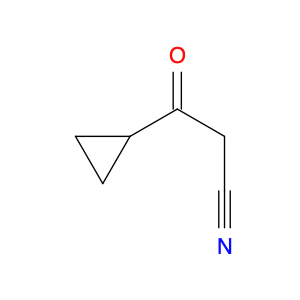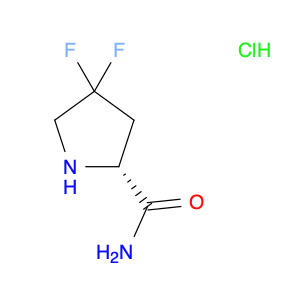2-Hydrazinyl-3-methylpyridine, also known as HMP, is a versatile compound widely used in chemical synthesis due to its unique properties and reactivity. One of its key applications is as a building block in the synthesis of various heterocyclic compounds. By utilizing the hydrazine and pyridine moieties in its structure, 2-Hydrazinyl-3-methylpyridine can participate in a variety of organic reactions to form new complex molecules.In organic synthesis, 2-Hydrazinyl-3-methylpyridine can act as a nucleophile, reacting with various electrophiles to form stable adducts. This reactivity makes it a valuable reagent for the preparation of pharmaceuticals, agrochemicals, and other fine chemicals. Additionally, the hydrazine functional group in 2-Hydrazinyl-3-methylpyridine enables it to undergo various transformations, such as oxidation, reduction, and condensation reactions, further expanding its synthetic utility.Moreover, the presence of the pyridine ring in 2-Hydrazinyl-3-methylpyridine imparts aromaticity and electron-donating properties, making it suitable for use in palladium-catalyzed cross-coupling reactions and other transition metal-catalyzed transformations. This reactivity can be harnessed to construct complex organic frameworks with precise control over regioselectivity and stereoselectivity.Overall, 2-Hydrazinyl-3-methylpyridine is a valuable tool in the toolbox of synthetic chemists, offering diverse opportunities for the construction of structurally complex and biologically relevant molecules through efficient and selective chemical transformations.
 sales@aaronchem.com
sales@aaronchem.com









